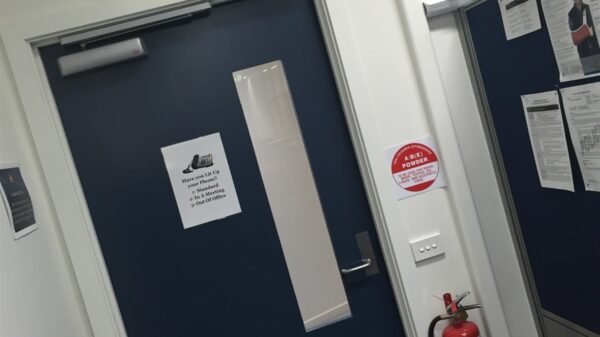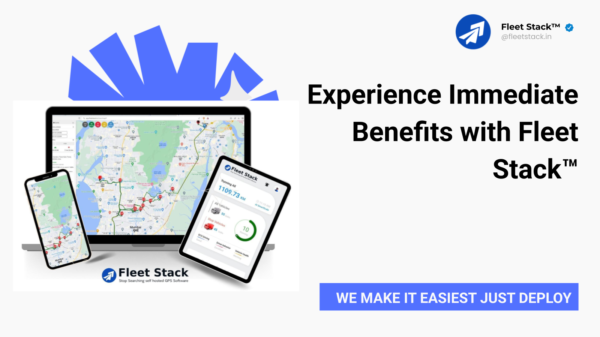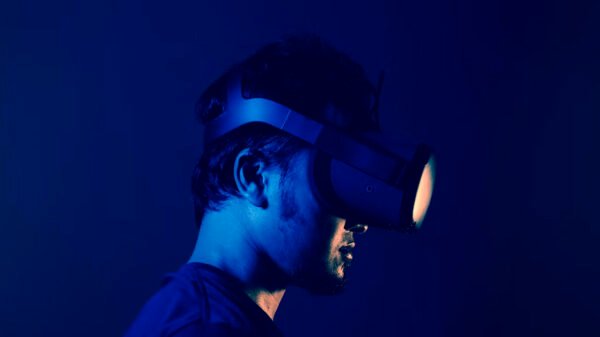Artificial intelligence (AI) has made significant contributions to improving our quality of life. AI is now present in a variety of fields and the use of AI technology is within reach thanks to smart devices.
The construction industry, like other sectors, has the potential for substantial transformation by utilizing AI. To overcome problems like low profitability, time restraints, and safety concerns, the construction industry must optimize their operations through digitization.
ALICE Technologies is one such technology that can be used to solve the problems often experienced during construction projects. ALICE uses optioneering so you can explore different ways to optimize a project.
With tools like this, construction businesses have a lot to benefit from. There’s been a pressing need for conventional methods to evolve to solve key construction issues. Purpose-built technology allows designers, project managers, and on-site personnel to automate time-consuming operations and boost productivity across the value chain.
Let’s go over how AI can be used to build smarter.
Big data and AI
AI systems are exposed to an infinite quantity of data to learn from and continuously improve in a time when a massive amount of data is being created every day. Every construction site becomes a potential source of data for AI.
A wealth of information has been gathered from data produced by mobile device photos, drone films, security sensors, building information modeling, and other sources. This suggests a chance for customers and industry professionals to examine and gain from the insights produced with the aid of AI and ML systems.
The calculation done by the AI with all the valuable data fed to it can enhance many aspects of construction.
Cost overruns control
Expense escalations are a problem for any organization. The good news is that AI can assess variables like project size, contract type, project complexity, and materials and estimate prices based on similarities to previous projects.
Being able to estimate the entire expense while automatically accounting for difficulties and dangers in past projects can be of immense help.
Leveled up designs
The way that construction is designed today is outdated. The construction procedure is slowed significantly. In order to find the optimum approach for project design and development, contractors and builders can utilize AI for design.
More insights can be gathered from current material data, building data, and environmental data to formulate efficient designs.
Task allocation
There are many intricate and time-consuming tasks involved in the construction process. The project manager oversees the work, assigns tasks, and keeps track of everything. These duties are all completed manually, which takes a lot of time and resources.
With the aid of artificial intelligence technology, you may complete these routine activities flawlessly. The automation of task allocation is another advantage of AI. The task distribution is automated using an AI system.
Based on the data gathered from them, it assists in assigning jobs to employees in accordance with their availability, subject-matter knowledge, and productivity. This streamlines the procedure and encourages team members to concentrate on their areas of specialization.
Risk mitigation and enhanced safety
Every building project has some level of risk. Risk can take many different shapes, involving quality, timing, and cost. Given that there are more subcontractors working on various projects, the risk is greater because of the complexity involved. AI can be applied to manage several subcontractors on diverse projects from a single platform.
Fortunately, risk monitoring and prioritization on the job site can now be aided by AI and machine learning solutions, allowing project teams to concentrate their limited time and resources on other areas.
On a construction site, risk and accidents are constant worries. Those who work on the construction site are vulnerable to mishaps. To monitor and prioritize the potential risk on a construction site, machine learning methods and artificial intelligence applications can be used.
It becomes simple to prioritize particular aspects of safety management and classify contractors and subcontractors according to the risk levels. It enables the project manager to closely collaborate with high-risk employees to minimize any problems.
Automation on building sites provides greater security. For instance, wearable sensors assist in monitoring personnel and sending alerts in the event of an accident.
Advanced drones and automated machines
Drones, geospatial information systems, and geospatial artificial intelligence (GeoAI) all help shorten the time it takes to gather aerial pictures and survey maps of a construction site. Drones are used to monitor site upgrades and project problems. They aid in gathering more information for more informed decision-making and improved project management.
Some businesses are introducing machines that can efficiently do repetitive activities, including concrete pouring, excavation, bricklaying, demolition, and welding and are self-driven. Bulldozers can provide precise worksite measurements with the aid of a human programmer.
This gives the workers more time to devote to other construction-related duties – and also aids in timely project completion.
Tracking site activity
Construction organizations can make wise decisions with the aid of data if they automate off-site tracking procedures. Any object that enters or exits a building site can be detected, tracked, and located using artificial intelligence. It encompasses things like machinery, people, and cars.
Automatic tracking can be useful for keeping an eye on building sites. Updates and cautions are sent out to encourage quick action. It assists in reducing safety concerns, keeping an eye on costs and supplies, and preserving employee productivity.
Conclusion
Although AI in construction is just one of several significant technological advancements in the industry to have arisen in recent years, it is anticipated to increase significantly. Construction projects will soon rely on AI from conception to completion.
The construction industry has benefited from technology in many ways, and it’s getting smarter every day. So, it’s critical to comprehend how AI may aid construction in managing obstacles, ensuring safety, and delivering high-quality projects.
Instead of replacing human workforces, AI will change business models in the construction sector, minimize costly mistakes, lessen workplace accidents, and improve building operations.





























































